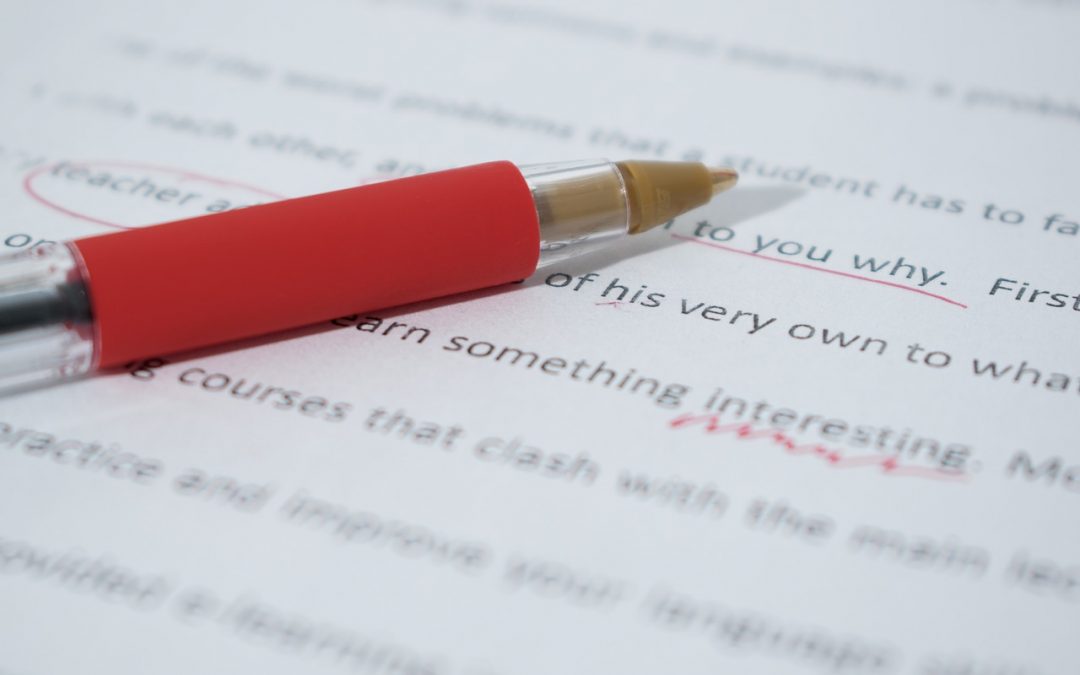There’s been some traffic in the KDP Support Forum about the difficulty of proofing a written work. It seems no matter how many times you read it, you’ll always find another mistake. Or many.
My book, The Girlfriend Experience, went live in the Kindle Book Store in December of 2012. Between then and the following September, I’d read through the entire book at least fifteen times and updated it more than ten times. I’d gone through multiple edits and rewrites, adding five chapters while cutting out 10,000 words. I was sure the book was ready for print.
CreateSpace is a great platform for the Indie author who wants to offer a print version of his book. Their tools are first rate, their support is good, and the quality of the product is excellent. Once I completed the formatting, which took me a while to master, I ordered a printed proof. Two, actually: one for me, one for my wife.
CreateSpace has online proofreading tools, and I used them to check the formatting, but they recommend a printed proof for final approval, especially for first-timers. That’s good advice. Errors which seem to fade into the background on the computer screen also seem to stand out on the printed page. Here’s what my proof looked like after I finished marking all the mistakes I could find:

Hundreds, including missing words, mis-used words, formatting, punctuation, misspellings (yes, even with spell-check). I fixed them all, submitted the update, and ordered another proof. I verified all the corrections and skimmed the book again. I was ready to approve the proof when a reader sent me a note that I’d left out a word in chapter 6. By golly, she was right! I had no choice but to go through it again. I found the first error on page 10. Here’s what it looked like when I was done:

Not as bad, but still more than twenty mistakes. I corrected these, submitted and approved the final version without ordering a printed proof, secure in the knowledge that there are still mistakes in that thing I haven’t yet found.
But somebody did. One of my reviewers mentioned “a few mistakes” in an otherwise positive review.
Here are my takeaways:
- Our readers expect a quality product. Finding and correcting as many mistakes as we can is the least we can do for them.
- Proofreading is like emptying a bag of sugar. You can shake it all you want but a few grains will stubbornly stick to the sides.
- Given (1) and (2), at some point we have to decide that we’ve done all we can and put it out there.
- Coffee is better for proofreading than scotch
Copyright © [2016] by Charles O’Donnell, All Rights Reserved
Author Website | Amazon Author Page | Goodreads | Facebook | Twitter

Everything you say is true. Another way of looking at it is, at some point, you just have to say “fuck it” and pull the trigger.
LOL, you are so right! I love your sugar bag analogy. I went through exactly the same sequence, and eventually you have to stop, as you can't keep ordering new proofs. You figure that eventually the mistakes approach almost 0 but will never quite be gone. It's like an ABC analysis. But that moment when you make your book go live, it is a bit scary, isn't it!
Same here but I find that reading the book on my Kindle is another way of spotting mistakes – even better than the printed page. I also believe that authors are exactly the wrong people to do proofing, your brain skips bits because you know what its meant to say. I am slowly training my wife to do this but also offer draft copies to friends on the basis that they report any errors – when they say its hard to define the problem tell them to write the phrase down as it is and then use the Word find function to get to them.
I've been a writer for over 30 years and a technical writer for almost 20. Your own proof reading is one of the most difficult tasks you can do. All the above info is correct and then some. You WILL read what you want to see most of the time and later you won't believe you missed them. When I find errors in published works on Amazon for example, I correct them and upload. One day everything will be perfect…maybe.
Here is another suggestion. My experience is that too frequent proof reads blind the reader to the mistakes. Leave it alone for a week or even a month and then come back to it. My wife and I differ often about a story. She hates the passive voice but I believe it has its place when used properly. Only print the story when you think you are finished otherwise you will waste too much paper.
I agree. You have to use the passive if there's no 'other' way around it. Once you've gone over your story until you're sick of it, then get a print out.